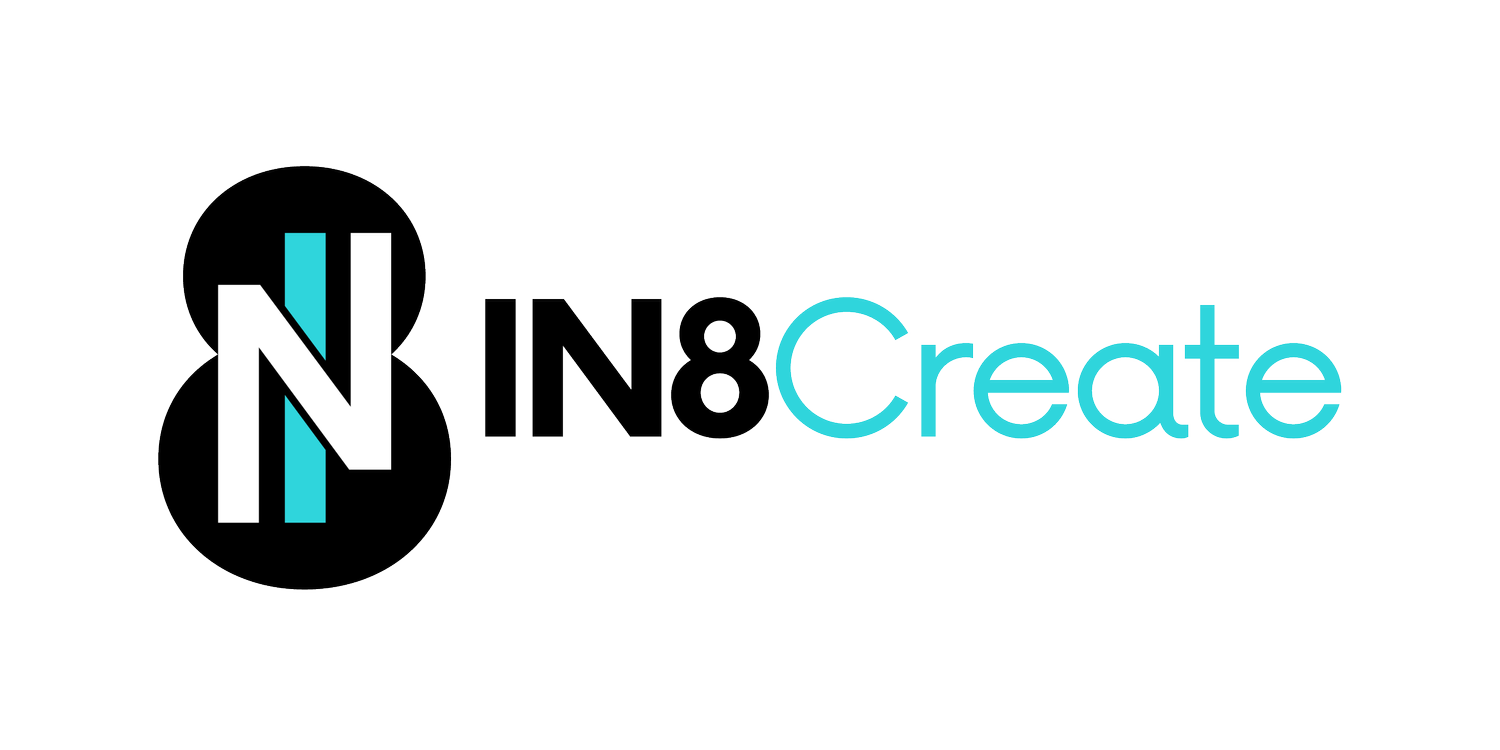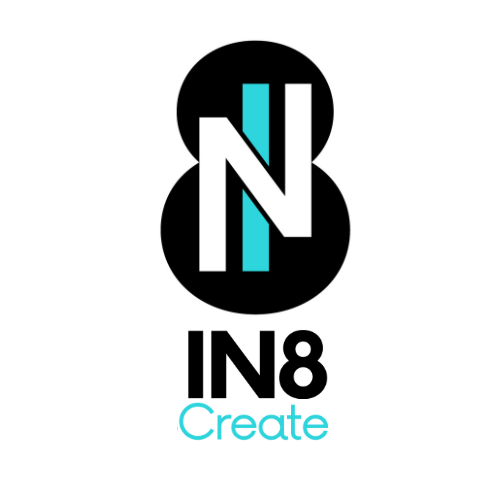
Insights

Why Teams Respond to Change at Different Speeds
When you introduce change—whether it's a new tool, process, reorganization, or way of working—you're asking people to move through a predictable sequence of psychological stages. These stages show up across three different frameworks that, remarkably, tell the same story:
Innovation Adoption → Change Transition → Grief Response

The Blacksmith's Guide to Team Transformation
Is your team ready for change? Look for these signs:
Trust that runs deep enough for people to be vulnerable about their struggles
Communication that flows freely without political filtering or fear
Shared commitment that burns bright enough to sustain effort through difficulty
Without these foundational elements, your change efforts will feel like hammering cold steel—lots of noise, little progress, and potential damage.

Building Resilient, Adaptable Teams That Thrive Through Change
In today's rapidly evolving workplace, your team's ability to adapt isn't just an advantage—it's essential for survival. But here's what most leaders miss: resilience isn't about toughness or pushing through adversity. It's about creating systems, relationships, and mindsets that allow your team to bend without breaking, to evolve without losing their core identity, and to find opportunity in every challenge.
This comprehensive guide explores team adaptability, drawing from real-world experiences and proven strategies to help you build a team that doesn't just survive change—they leverage it for growth.

When Teams Unite Under Pressure
These scenarios never cease to amaze me because of how deeply connected they make us feel. They tap into our identity as valued members of our work community, and when that community faces a crisis, people respond instinctively. This might mean staying late, contributing extra effort, or stepping outside comfort zones to help the team succeed.

Use the Contra Code to Level Up Your Team
In today's knowledge economy, no role exists in isolation. Your success is interconnected with adjacent teams and roles – both up and down the organizational hierarchy. Like the Contra code itself, success requires understanding patterns and sequences that might not be immediately obvious.?

The Friction Factor: What's Really Holding Your Team Back?
Friction is what stands between good teams and greatness. Like its physical counterpart, organizational friction creates resistance, slows progress, and diverts energy away from its intended purpose. But what causes this friction, and more importantly, how can teams overcome it?

How Progressive and Conservative Viewpoints Shape Organizational Culture
The conservative approach may stifle growth by not changing or growing fast enough (Blockbuster anyone?) The progressive approach may change too much and too fast, creating chaos. Not every idea is a good idea, (Many are just downright bad) and risk is part of doing anything new. Thus a balance will be struck somewhere in-between based on the core attitudes and beliefs of the organization or group.

